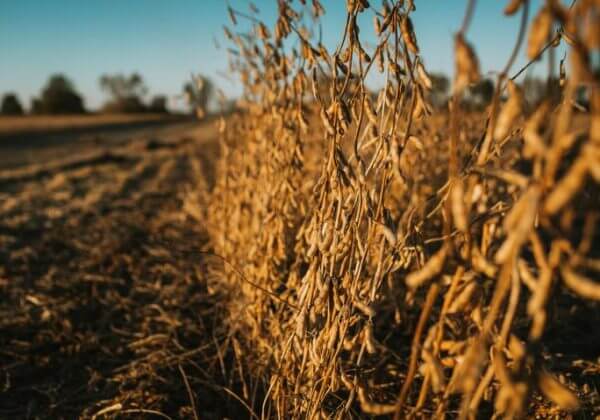USA and Canada
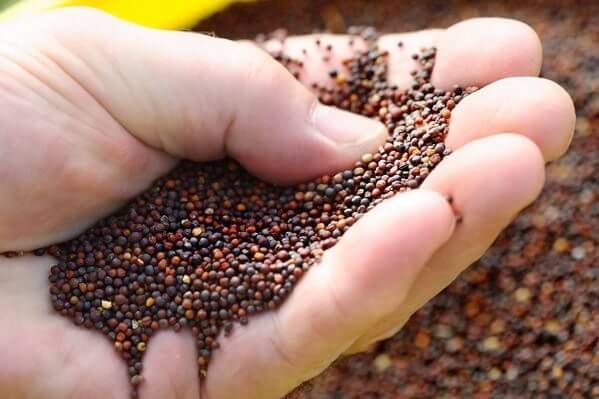
Grain markets go into holiday mode
After a tumultuous week of downturns and upticks, ICE Futures canola moved a little, particularly in the nearby January and March contracts. In highlighting the markets going into holiday mode, the nearby January contract stepped back $7 per tonne since Dec. 9, while the March contract gained $4.
As the holidays approach, it’s clear traders want to get out of their long positions, despite the January contract not expiring until Jan. 15. The markets are faced with back-to-back short weeks, before trading picks up in earnest after marking the new year. Then there will be positioning ahead of the next supply-and-demand estimates from the U.S. Department of Agriculture (USDA), which are bound to affect canola values. The January S&D report will be particularly important, as it will provide USDA’s final 2021-22 numbers.
The specs have built up a massive long position that poses a serious threat to canola values. The thinking has been the specs are banking on comparable oils moving higher. Obviously there are more oilseeds other than Canadian canola that are increasingly hard to come by.
Read More…
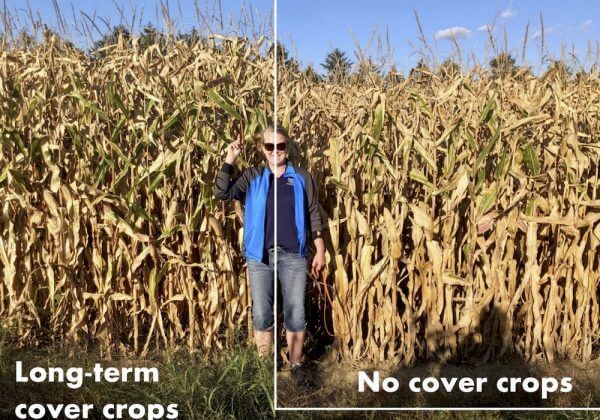
Long-term Ontario studies show value of cover crops
A series of long-term studies in southern Ontario are showing the value of cover crops and boosting soil organic matter.
When combining data across experiments and research stations, University of Guelph soil scientist Laura Van Eerd said researchers consistently saw higher corn and soybean yields correlate to higher soil organic matter.
Van Eerd spoke during a webinar hosted by the Manitoba Organic Alliance (MOA) on Nov. 9.
Why it matters: Ontario research shows that cover crops add organic matter to the soil, which helps improve yields.
They also saw less deviation in yield year to year on plots with higher soil organic matter despite drought or excessive moisture.
Read More
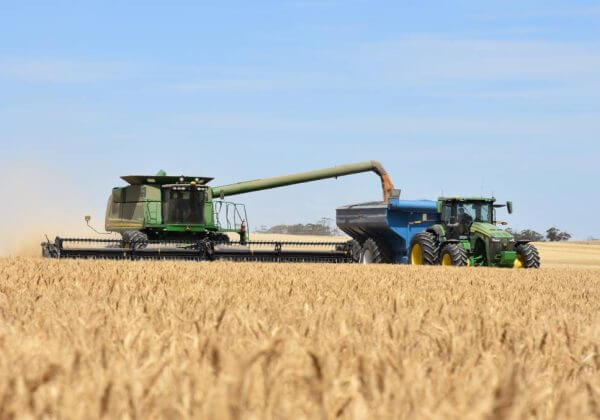
Low crop yields, high prices for farmers in 2021
Manitoba producers are wrapping up a year that saw some of the highest grain prices in living memory, matched by record-low crop yields.
For farmers, 2021 was a difficult year for the most part, but a lucky few found success in the face of an unprecedented drought, said Keystone Agriculture Producers director Charles Fossay.
“Prices are up, in many cases at highs that none of us have ever seen, [even those who have] been farming for 40 years or longer. Pricewise, things look well for most producers.
“It’s very tight supplies and probably in many cases … because of the shortage of grain and the tight supplies, that’s why prices went up for many producers who had grain to sell.”
For most of the province, crop yields were below average, he said, and in some areas, the yields were almost at zero.
Read More
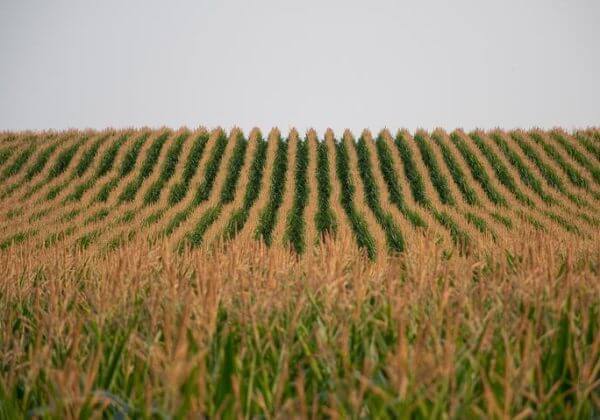
Corn yields topping 300 bushels during drought are testaments to genetics
Even in a drought-limited year, regional state winners in the National Corn Growers Association yield contest grouped around 300-bushels per acre yields. An Extension agronomist says the contest shows possibilities in modern corn genetics and the combination of optimal weather and input management.
The National Corn Growers Association Corn Yield Contest winner again topped 600 bushels per acre.
David Hula of Charles, City, Virginia, for the second time went over that mark, this time with 602.1694 bushels per acre.
There were 27 national winners in nine production categories, with verified yields averaging more than 376.76 bushels per acre, compared to a projected average of 177 bushels per acre national commercial yield.
CGB Industries and Minnesota Soybean Processors announce plan to build soybean plant in North Dakota
The project planned for Casselton, North Dakota, is the second in the works for North Dakota. ADM announced plans to invest $350 million in the purchase of the former Cargill Malt plant at Spiritwood, North Dakota, demolish most of that facility and construct a new soybean crushing plant. ADM has said it hopes to have the facility running by harvest 2023.
Covington, Louisiana — CGB Enterprises Inc. and Minnesota Soybean Processors on Wednesday, Dec. 22, announced that they have formed a joint venture for the construction of a state-of-the-art soybean processing plant near Casselton, North Dakota.
North Dakota Soybean Processors LLC, jointly owned by CGB and Minnesota Soybean Processors, will own and operate the new facility, which is expected to crush 42.5 million bushels of soybeans in the first year.“This is an exciting project that has been in the works since 2019,” said Steve O’Nan, Senior Vice President, CGB Soybean Processing. “This state-of-the-art soybean processing plant is a commitment to North Dakota agriculture. Read more…
New Zealand
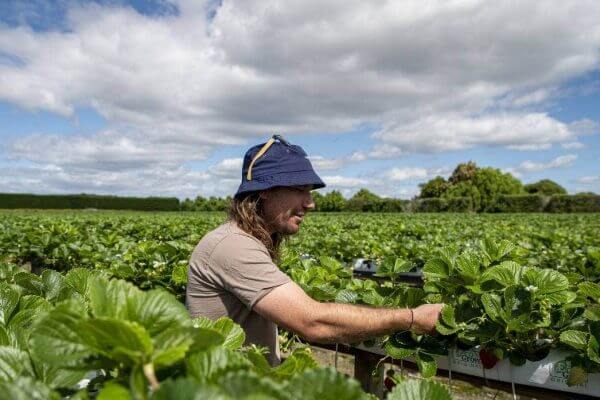
Sun comes out just in time for bumper berry season
A week of rain has failed to put a dampener on the Nelson region’s berry producers, with some enjoying a bumper season, right on cue for Christmas.
Wet conditions caused Tasman Bay Berries managing director Glen Holland a few moments of angst, but the sun has come out just in time, he said.
“It’s looking pretty good, when you think of the weather we have had in the last 10 days,” Holland said.
The crop had experienced a bit of mould, but his team had “picked their way through it”. With the sun now shining, and wind drying everything out, Holland could concentrate on harvesting.
Read More here…
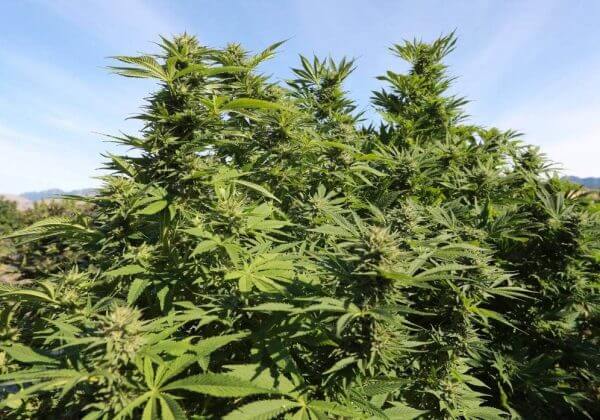
Marlborough hemp farm overcomes challenges to get organic status
A rural Marlborough hemp farm has achieved an organic certified status but it hasn’t been without its challenges.
Puro, which began planting in December 2020, commercially cultivates cannabis for medical use in Kēkerengū, north of Kaikōura.
BioGro, New Zealand’s largest certifier for organic produce, granted the organic status after working with Puro for the past two years. The achievement is a first for any medical cannabis company in Australasia.
Puro quality and compliance manager Wendy Tillman said Puro’s commitment to growing organically had not been without its challenges.
“We are a very new industry here in New Zealand and one of very few organic growers worldwide,” Tillman said.
Read More here…
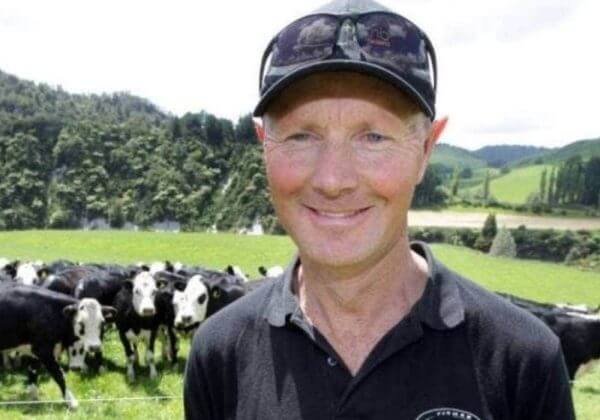
Beef cattle numbers increase in 2021
Beef cattle numbers increased in 2021 while the number of sheep in the country’s flocks dropped slightly, Stats NZ said.
Provisional figures from the 2021 agricultural production survey show beef cattle numbers increased to 4 million at June 2021, a 4 per cent or 142,000 increase from the previous year.
“The total number of beef cattle was at a historical low in 2016, however it’s been increasing and is now up by 492,000, or 14 per cent, since that time,” agricultural production statistics manager Ana Krpo said.
Good beef prices throughout this period contributed to this increase.
The number of sheep nationally has been steady compared with the previous year, at 26 million. The lambing rate was also consistent with the previous year.
Read More here
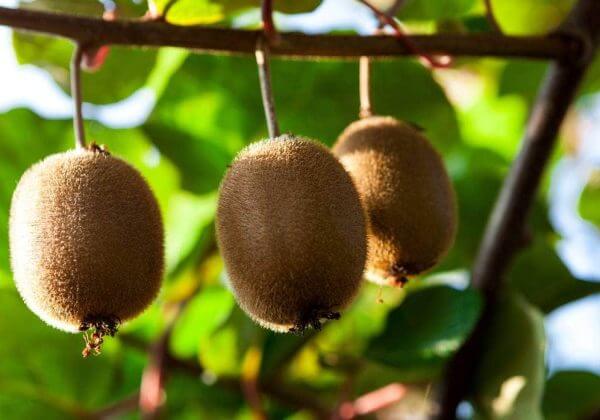
Union wants controversial chemical banned immediately, ahead of kiwifruit harvest
A union that represents agricultural workers is calling for an immediate ban on a controversial agrichemical ahead of the upcoming kiwifruit harvest.
First Union wants the Environmental Protection Authority (EPA) to disallow the use of hydrogen cyanamide, an active ingredient in sprays commonly used by kiwifruit growers to help buds form after winter.
Commonly known as Hi-Cane, the chemical has been banned in Europe and its re-registration is under review in the United States of America.
First Union strategic project co-ordinator Anita Rosentreter said hydrogen cyanamide caused skin and eye irritation.
There was also evidence of it having a carcinogenic effect on those exposed to it, Rosentreter said.
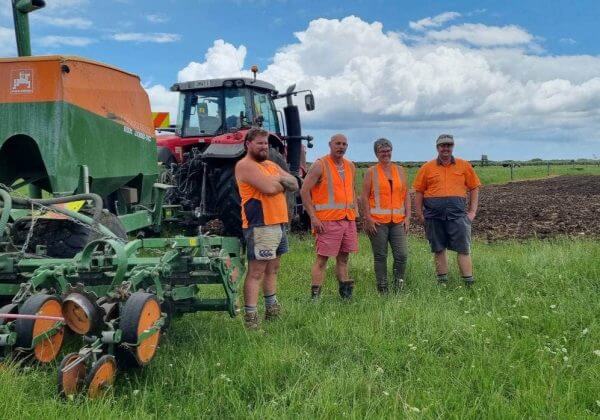
Peanut farming could bring jobs and money to Northland as trial gets under way
People in Northland could soon be working for peanuts if a Government-funded trial finds growing the legumes on a commercial scale is viable.
Nearly $700,000 is being spent on large-scale trials after a smaller one recently proved peanuts could be farmed in the north of the country.
Over the next two years, a group of farmers will grow them at seven sites across the Kaipara and Far North Districts, with an aim at finding out if the venture could sustain an industry, Northland Inc’s Vaughan Cooper said.
He hoped the experiment would provide the “conclusive evidence” investors, landowners, growers and farmers needed to have confidence to diversify into peanut growing.
Australia
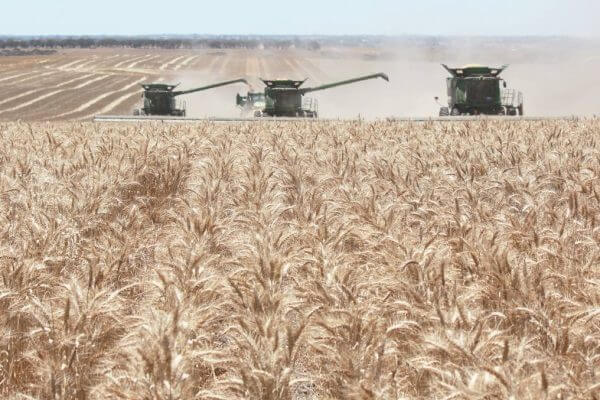
WA harvest to be a record 22.1 million tonnes says GIWA
WESTERN Australia’s bumper harvest continues to break records and is now estimated to be more than 22.1 million tonnes, worth up to an estimated $9 billion.
With records being set for individual paddock averages, crop type averages and regional totals over most parts of WA, there were no surprises when estimates for total production for all grains went up on Friday and about 17 per cent more than the previous record set in 2018.
Since the start of harvest in the north of the State, yields were mostly coming in at about 10 to 20pc above estimates and, according to the Grain Industry of Western Australia’s (GIWA) December Crop Report, it was obvious if that held true for the rest of WA, it would be a record tonnage.
As harvest moved south and grain yields continued to exceed estimates, the focus shifted from wondering if WA would hit 20mt, to asking how it was going to deal with so much grain.
Read more here…
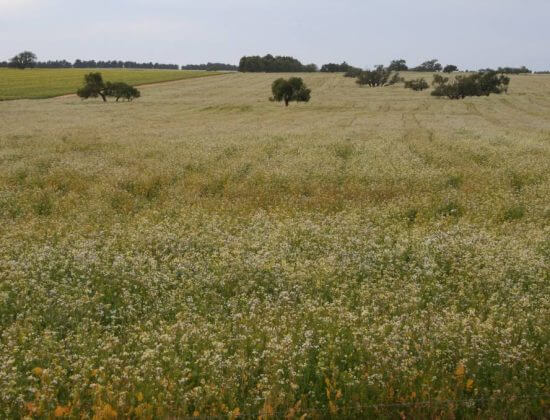
Weed control a big part of 2022 plans
WITH harvest starting to draw to a close in some locations around Western Australia, growers are turning their attention to 2022.
Many factors are on on farmers’ minds and while fertiliser prices have been the most talked about topics of conversation, growers are also turning their attention to crop rotations and summer weed control plans.
Speaking on the WeedSmart podcast, Nutrien Ag Solutions agronomist Bernie Quade, who is based in Wyalkatchem, said a lot of people were still talking about canola given where the commodity prices were.
“There is a recipe starting to develop in the central Wheatbelt to growing profitable canola,” Mr Quade said.
“That recipe involves growing tough hybrids, planting them early, giving them plenty of nitrogen and addressing any soil constraints that you’ve got.
Read more here…
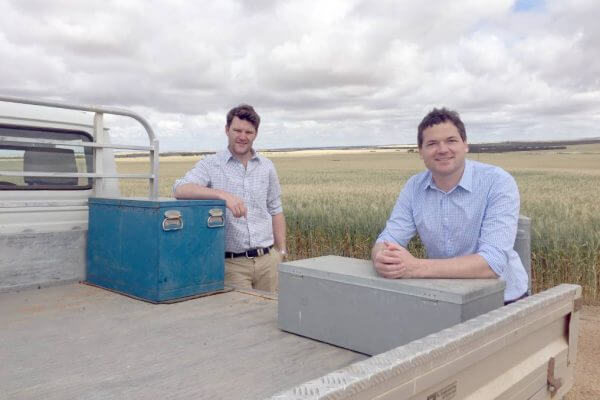
There are plenty of buyers for your grain
THERE has been a lot of discussion recently on the significant price differences between port zones of the same quality grain.
This is on top of the fact that prices bid to Australian farmers are well below the global price of grain.
Last week we wrote that growers have more pricing power than many seem to realise.
The takeaway point was, if every grower was offering their grain for sale at stronger prices, they would very likely be receiving better values.
While growers are selling into published bids, there is no incentive for buyers to increase their bid price.
There is also no incentive for “more buyers” to start participating in purchasing grain while prices are falling lower.
Read more here

Novel methods to keep Australia ahead of biosecurity threats
THE GENERAL public, post COVID-19, is much more aware of the importance of a solid national biosecurity policy than it was two years ago.
However, there is much more to the national strategy than just stopping diseases that impact humans in.
A large part of Australia’s biosecurity budget goes on protecting the nation’s agricultural sector.
Australian food is in high demand globally because of our status as a clean and green producer.
As an island continent, we are free from many damaging diseases and pests that decimate crops elsewhere – and the biosecurity department is doing its best to keep it that way.
“There are a few things happening that are really exciting, incorporating new technology to keep our country safe,” Mr Keane said.
Read more here…
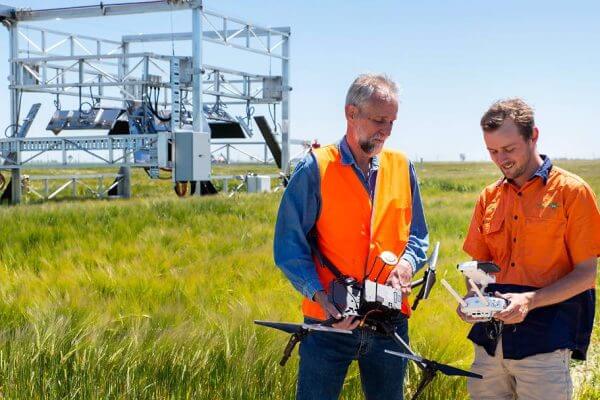
New funding to find more resilient grain varieties
A VICTORIAN-based research facility will use cutting edge research equipment to conduct trials on which grain varieties will be better suited to Australia’s increasingly extreme and variable climate.
The Horsham SmartFarm, dedicated to grains research and funded by the Victorian government, will be the home of the Free Air Temperature Extreme (FATE) facility.
The FATE facility will allow researchers to simulate extremes of temperature and weather to see which grain varieties cope the best with tough growing season conditions.
Longer term, the data will assist the breeding sector in selecting germplasm that might be able to lead to varieties with better drought and heat tolerance.
The investment in the FATE facility is part of a Victorian state government pledge to assist grain growers to become more resilient to the threat of climate change.
Read more here…
South America
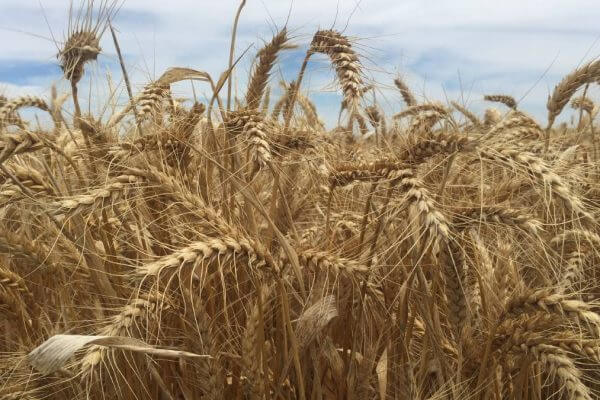
Argentine grain production rebounds
This season’s winter crop harvest in Argentina is progressing well amid a dry weather forecast for most of the next two weeks and extremely positive harvest reports.
Yields in the north were well below average.
But as the harvest has moved south, yields have improved to such an extent that wheat output looks set to smash the previous production annual record.
Heavy rains last week delayed the wheat harvest in some regions.
But, according to the Buenos Aires Grain Exchange (BAGE), as of December 15, farmers had reaped 65 per cent of the 6.6 million hectares planted to wheat this year.
This was an 11.6 percentage point advance on the previous week, but still sits 1.4 percentage points behind the same time last year.
Read More here…
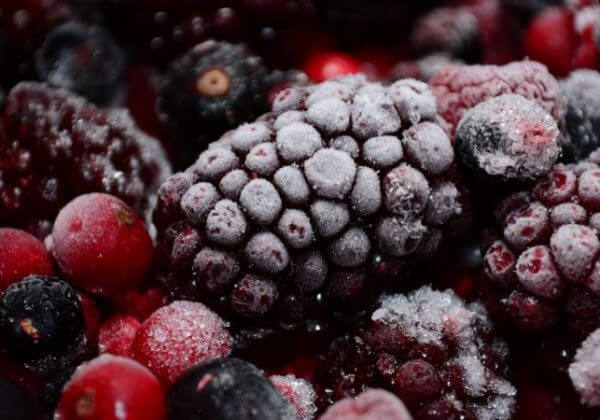
14 New Frozen Fruits From Chile Permitted To Enter China
On Dec. 13, China and Chile signed into effect a protocol granting 14 new frozen fruit items from Chile market access to China, marking another milestone in bilateral trade relations between the two countries.
The signing of the protocol was led by Chilean Minister of Agriculture María Emilia Undurraga and Chinese Ambassador to Chile Niu Qingbao.
Now, a total of 17 frozen fruit items from Chile, namely, raspberries, boysenberries, cranberries, apples, avocados, cherries, sugar apples, grapes, kiwifruit, peaches, mangos, papayas, pineapples, pomegranates, blueberries, blackberries and strawberries, have received permission to enter China. Prior to the signing ceremony, only frozen blueberries, blackberries and strawberries were allowed to be imported.
In 2020, Chile exported 171,000 metric tons of frozen fruit with a total export value of $435 million, of which berries accounted for $340 million. These exports of frozen berries were dominated by blueberries (29%), strawberries (28%), raspberries (16%) and blackberries (8%).
Read more here
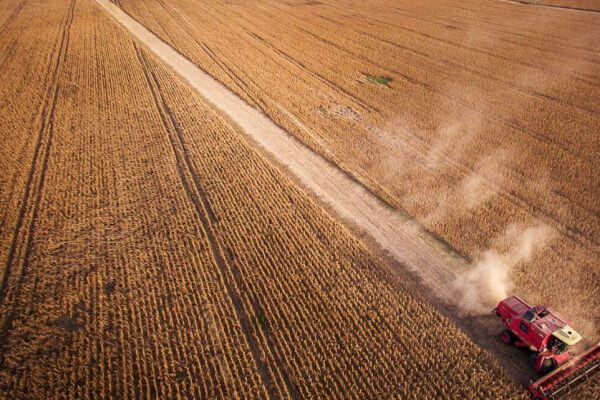
BitCow: Cryptocurrencies break into Argentina’s agricultural sector
Argentina, one of the world’s leading food producers, is pioneering the creation of cryptocurrencies backed by agricultural assets.
The phenomenon is possible thanks to a process called tokenisation, which is the ‘transformation’ and representation of a real object in the digital world through blockchain networks.
Blockchain is the key to each of these initiatives. The technology is designed to manage a shared online record of data that is verified, secure and unchangeable. It is a shared, immutable ledger that may revolutionise the global economy.
The use of this technology also enables other innovations in agriculture, including making the production chain more transparent and traceable.
The first step towards the issuance of cryptocurrencies in the Argentine agricultural sector was taken in 2020 by BitCow, a firm that launched its own digital currency representing heads of cattle.
Read More here…
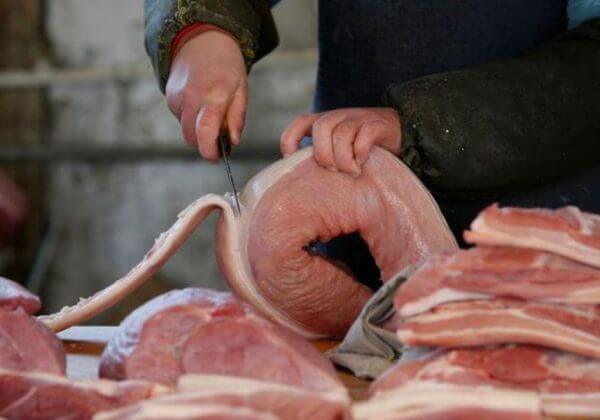
China approves Brazil meats’ sanitary system; Beijing increases tariffs on pork imports
The reopening of the Chinese market for Brazilian beef did not stem from technical or communications issues, and the good relationship between the two countries will continue to prosper, reach the pre-pandemic level and advance further, according to Brazil’s Agriculture minister Tereza Cristina.
Even when the almost fifteen-week-long beef ban forced the Brazilian government to support medium-sized meat packing plants, and the price of live cattle has only started to reverse, the overall issue of the ban needs a more in-depth analysis from Brasilia, added minister Cristina.
“We had two atypical ”mad cow“ cases almost at the same time. And Chinese authorities wanted to check and recheck the sanitary system, thinking in their own strategies and priorities”. The return to normal trade means more opportunities for Brazilian ranchers and the protein industry, and as important “the Brazilian sanitary inspection system was validated by our main trade partner. We have given proof that Brazil is doing its homework”, underlined the minister.
Read more here…
Food Updates

Menus that are majority vegetarian are key to switching meat-eaters
The research suggests that if the majority of a menu is made up of plant-based foods, then people who usually eat meat are more likely to choose plant-based option.
Researchers from the University of Westminster have found that meat eaters are significantly more likely to choose vegetarian meals when they make up the majority of food offered. A menu had to be at least 75 percent vegetarian for this choice tipping point to occur.
People who usually eat meat shifted their choice to vegetarian food only when menus were 75 percent vegetarian, but not when 50 or 25 percent of items were vegetarian. Therefore, meat eaters can change their preferences when given enough vegetarian options to choose from, yet a large proportion of these options are needed to change fixed habits for consuming meat.
This new research involving Dr Beth Parkin at the University of Westminster and Dr Sophie Attwood from the World Resources Institute suggests that the food sector can have a significant impact in promoting sustainable food choices. The researchers argue that this can be achieved by changing how the choice is presented to the consumer without the need to consciously persuade individuals of the benefits of pro-environmental diets.

The future of a successful strategy

How well do you understand chocolate?
Read more here…

US authorities sound the alarm of Listeria outbreak
Health authorities in the US have warned consumers of a multistate outbreak of Listeria monocytogenes related to salad. Consumers are being urged not to eat the particular brand of salad implicated in the outbreak, while retailers and hospitality venues are similarly being told not to sell or serve it.
Frank Yiannas, Deputy Commissioner for Food Policy and Response for the US Food and Drug Administration (FDA) issued the below statement to warn consumers of the potential dangers of the outbreak.
“The FDA, along with the CDC and our state and local partners, is working to investigate a multistate outbreak of Listeria monocytogenes infections. To date, a positive sample of Fresh Express Sweet Hearts salad mix has been reported to match the outbreak strain. Fresh Express has voluntarily recalled products and consumers are advised not to eat, sell or serve any recalled products. Our investigation is ongoing, and we will continue to communicate should additional products be implicated,” he said.
Read more here…

New research reveals marketing secrets of McDonald’s
Read more here…

